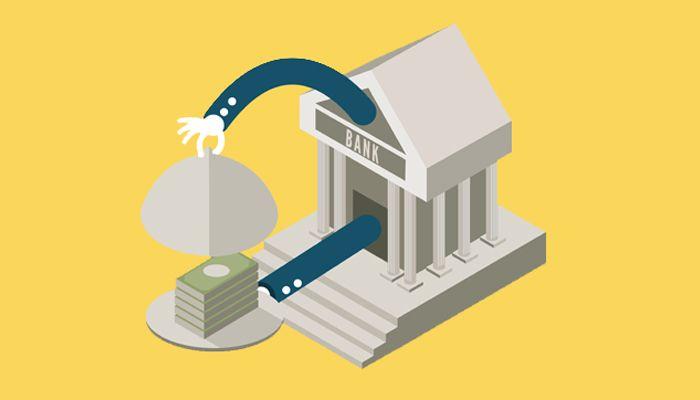2018 was the worst year for Indian public banks since 1994. 21 State-owned banks recorded a total loss of 853.7 billion rupees at the end of the 2017-18 fiscal year. Last year was also the third straight year state-run banks recorded losses after a slew of bad loans and cases of fraud continued to surmount.

Luckily for Indian investors, 2018 didn’t come to an end without something being done. Prime Minister Narendra Modi’s government pumped 410 billion rupees into the public banking sector last December to aid the struggling banks to deal with bad loans. This followed another bailment earlier in the year which experts said was helping the ailing banks improve.
In 2019, India’s banking sector has been rising steadily. The huge amounts of bad loans that brought some of the biggest banks in the country to their knees are reducing. PNB bank, which was embroiled in a $2 billion fraud case that led to the arrest of billionaire Nirav Modi, is back to making profits. Does this mean India’s banking woes are coming to an end?
Bad Loans are Far from Gone
One of the biggest reasons Indian banks often suffer in the hands of bad debtors is the fact that they can’t fully assess the credit-worthiness of borrowers. Many of them rely on information given by credit-rating agencies.
While private banks use the same agencies to evaluate creditworthiness and have been recording profits, it’s a hit or miss strategy. Many times, when companies with high credit scores have ended up defaulting their loans, leading to bank closures or unending losses.
Another problem is that Indian banks lack the means to monitor how borrowers use their loans. They don’t have the powers to do this, meaning the borrowers decide what to do with the funds given. If misused, the financial burdens fall back to the banks.
The Solution
One of the best solutions was the provision of a Bankruptcy Act. It was effected in 2016 after more than a decade of delays. The act aims to help banks recover assets or liquidate company properties in the event that they can’t pay up loans. With the help of the RBI, which has been strict and fierce in approaching bad loan issues, India seems to be experiencing a turning point.
On the downside, expect banks to be extra cautious in how they lend out money. After the extended periods of financial losses, banks will concentrate on balancing their profit and loss sheets in the next few years.
A Silver Lining
Amidst all the problems happening in India’s banking sector, a silver lining in the form of mobile banks is forming. Millions of Indian bankers are installing mobile banking apps to find easier loans, shop online and save from banks with better interest rates.
Predictably, banks are in a race to design the best apps. So far, private banking apps and international payment apps like Skrill seem to be winning. Skrill in India became popular several years ago as the best payment app for people who work online. It’s also loved for its low fees even when withdrawing from gambling sites. By comparison, many Indian banks tend to charge extra fees when you make deposits on betting firms.
In the Payment banking scene, Airtel and Paytm are leading the race with lucrative interest rates for investors. Airtel is currently offering interest rates as high as 7.25% per annum, double what some traditional banks offer Indian investors. Paytm’s interest rate stands at 4% for savings and 7% for fixed deposits. It’s worth noting, however, that payment banks aren’t allowed to issue out loans.
To Conclude
 After three years of back-to-back losses for Indian banks, the industry seems to be undergoing much-needed changes. After two bailouts from the government, public sector banks are slowly recovering. PNB bank is already back to making profits although many other banks are still reeling from their losses.
After three years of back-to-back losses for Indian banks, the industry seems to be undergoing much-needed changes. After two bailouts from the government, public sector banks are slowly recovering. PNB bank is already back to making profits although many other banks are still reeling from their losses.
Expectedly, private banks have been strengthening their profits amidst all the problems happening to public banks. On the other hand, investors are adopting banking apps in the hopes of finally finding more reliable banking solutions.

Leave a Reply